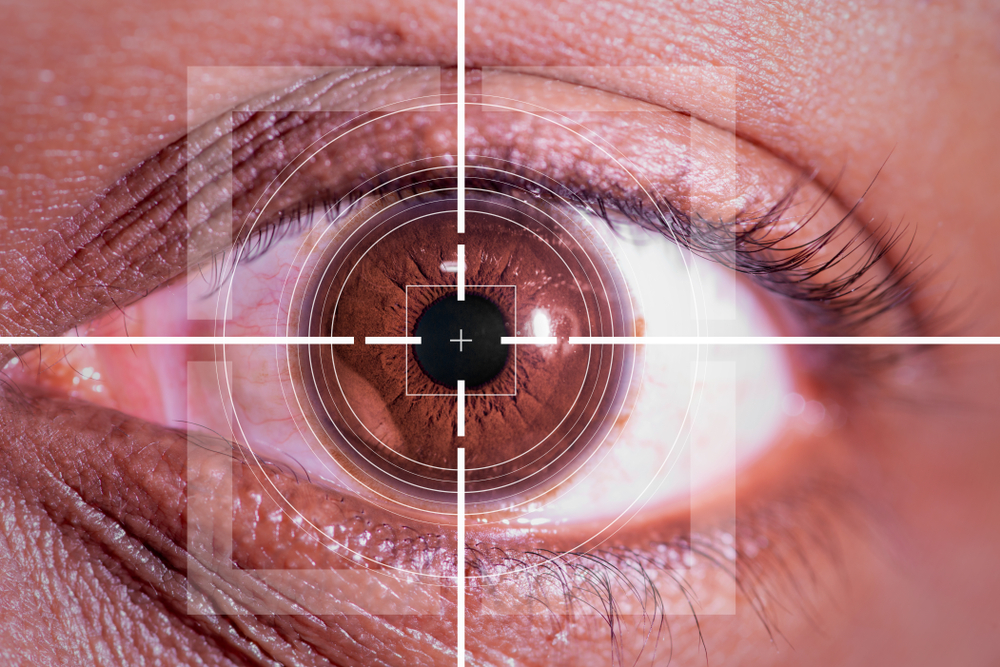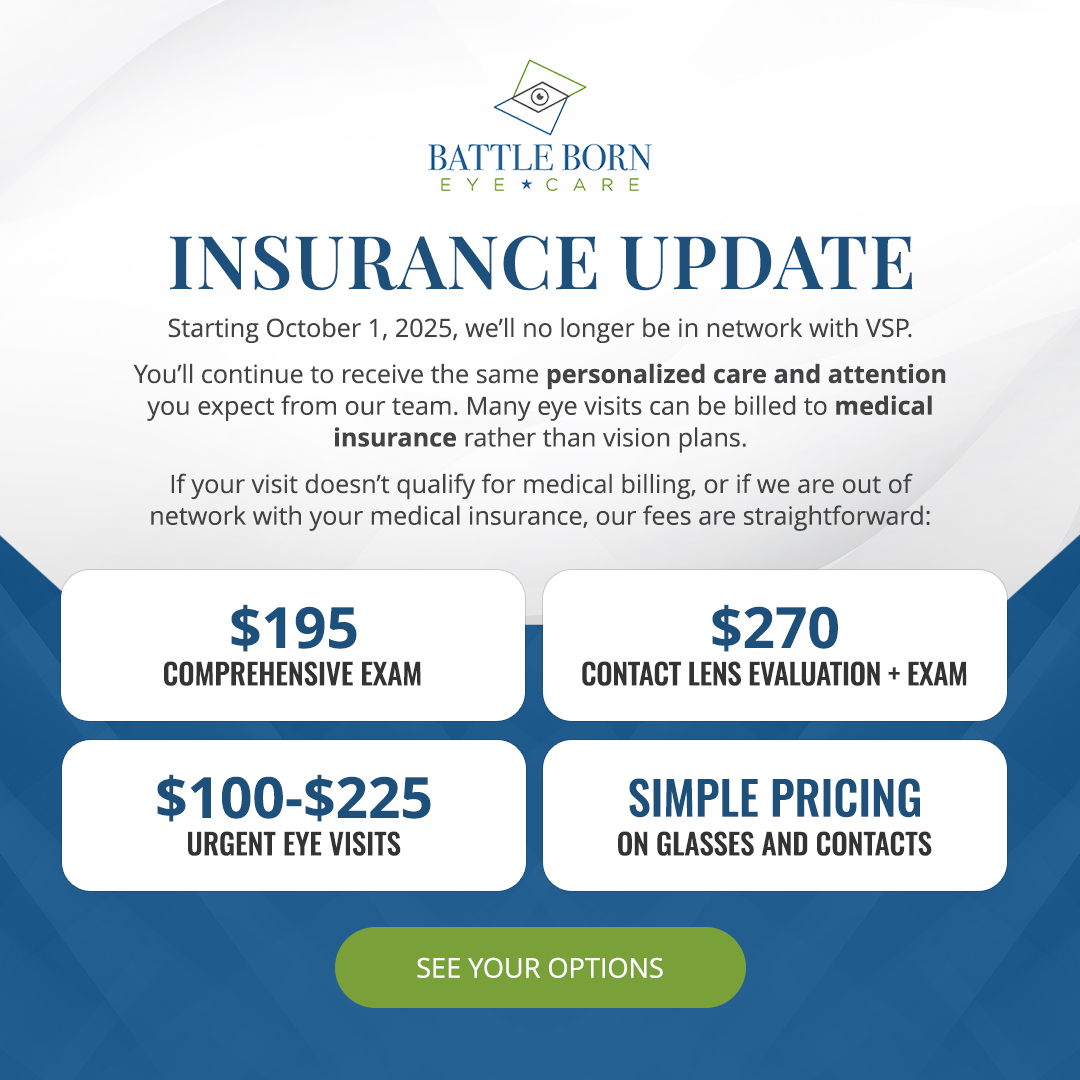
LASIK has been a beacon of hope for millions seeking to correct their vision permanently. The lure of a life without glasses or contact lenses is strong, and with advanced technology, the process has become more accessible and popular. However, despite its many successes, it is crucial to be informed about potential risks, such as corneal ectasia, an uncommon but serious complication.
Understanding Corneal Ectasia
Corneal ectasia is a progressive, sight-threatening condition characterized by the thinning and bulging of the cornea. This bulge distorts the corneal shape, leading to irregular astigmatism and a decline in visual acuity. Though similar to keratoconus, a naturally occurring corneal disorder, ectasia after LASIK is a post-surgical complication.
In corneal ectasia, this dome shape becomes more like a cone, and the structure isn't as rigid as it once was. The cornea's ability to refract light properly is compromised, and as a result, your vision becomes distorted.
Symptoms and Signs of Corneal Ectasia
The initial symptoms of corneal ectasia can be subtle and often go unnoticed. You might experience a gradual change in your vision, with increased difficulty in seeing clearly at night or in low-light conditions. Glare and halos around lights are common complaints, as well as a general blurring of vision that can't be corrected with glasses.
As the condition progresses, the symptoms become more pronounced. You may notice a significant increase in the prescription of your glasses or contacts, a phenomenon known as refractive instability. The irregular shape of the cornea makes it difficult to fit contact lenses, and you might find that none seem to work well for you anymore.
It is also possible to experience eye pain or discomfort as the ectasia advances. This discomfort arises from the strain on the corneal nerves and the irregular surface causing friction with the eyelids.
Causes and Risk Factors for Ectasia after LASIK
The exact cause of corneal ectasia following LASIK surgery isn't fully understood, but it's believed to be related to the weakening of the cornea's structure. When too much tissue is removed during the reshaping process, or if the cornea was too thin to begin with, it can become unstable and start to protrude outward.
Certain pre-existing conditions can increase the likelihood of developing ectasia after LASIK. These include a naturally thin cornea, an irregular corneal shape, or pre-existing keratoconus. It's vital to undergo a thorough preoperative evaluation to assess these factors, as they may indicate that LASIK isn't the safest option for you.
Age, hormonal changes, and genetics may also play roles in the development of corneal ectasia. Younger patients, for instance, might be at a higher risk due to the natural elasticity of their corneas. Additionally, some individuals may have an inherent weakness in corneal collagen that predisposes them to the condition. An experienced surgeon will consider all these factors when determining your suitability for LASIK.
When to See an Optometrist for Ectasia
If you're experiencing any of the symptoms mentioned, it's time to schedule a visit with an optometrist. Early detection of corneal ectasia can lead to more effective management of the condition and a better prognosis for your vision. An optometrist can perform a variety of tests, such as corneal topography and pachymetry, to assess the shape and thickness of your cornea and confirm a diagnosis.
Even if your symptoms are mild, don't delay in seeking professional advice. The sooner you address any changes in your vision, the more options you'll have for treatment and the better your chances of maintaining good eyesight. Regular follow-up appointments after LASIK surgery are also imperative to monitor the health of your cornea and catch any complications early on.
Optometrists are trained to manage and treat a range of eye conditions, not just prescribe glasses or contact lenses. Their expertise is invaluable in the management of corneal ectasia, and they can guide you through the treatment options or refer you to an ophthalmologist if surgical intervention is necessary.
Conclusion
Corneal ectasia is a serious condition that can arise as a complication after LASIK surgery. Being informed about what it is, recognizing the symptoms, understanding the causes and risk factors, and knowing when to seek professional help are crucial steps in safeguarding your vision.
If you're experiencing any visual changes or discomfort that cause you concern, especially following LASIK surgery, schedule an eye exam with our optometrist to determine if corneal ectasia is the cause. Visit Battle Born Eye Care at our office in Reno, Nevada. Please call or text 775-360-6446 to book an appointment today.











